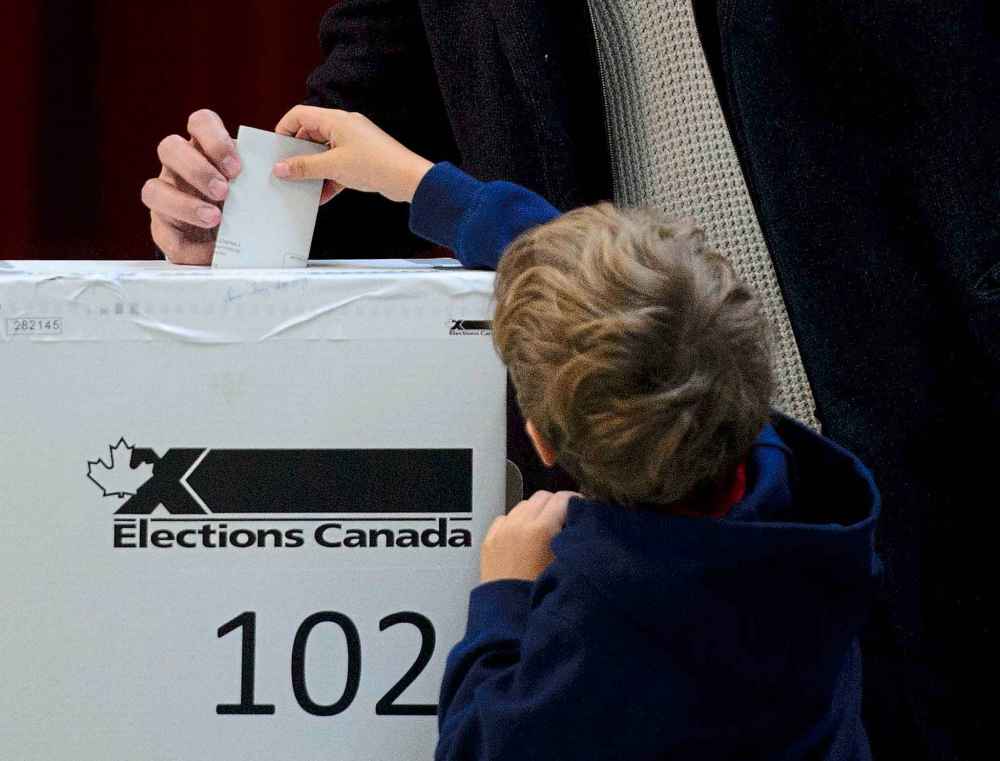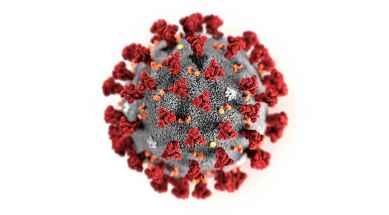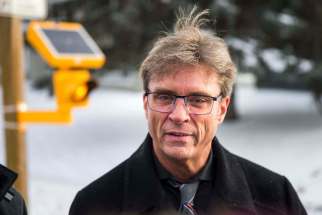Iowa stark reminder of difficulty of election integrity
Read this article for free:
or
Already have an account? Log in here »
To continue reading, please subscribe:
Monthly Digital Subscription
$0 for the first 4 weeks*
- Enjoy unlimited reading on winnipegfreepress.com
- Read the E-Edition, our digital replica newspaper
- Access News Break, our award-winning app
- Play interactive puzzles
*No charge for 4 weeks then price increases to the regular rate of $19.00 plus GST every four weeks. Offer available to new and qualified returning subscribers only. Cancel any time.
Monthly Digital Subscription
$4.75/week*
- Enjoy unlimited reading on winnipegfreepress.com
- Read the E-Edition, our digital replica newspaper
- Access News Break, our award-winning app
- Play interactive puzzles
*Billed as $19 plus GST every four weeks. Cancel any time.
To continue reading, please subscribe:
Add Free Press access to your Brandon Sun subscription for only an additional
$1 for the first 4 weeks*
*Your next subscription payment will increase by $1.00 and you will be charged $16.99 plus GST for four weeks. After four weeks, your payment will increase to $23.99 plus GST every four weeks.
Read unlimited articles for free today:
or
Already have an account? Log in here »
Hey there, time traveller!
This article was published 06/02/2020 (2133 days ago), so information in it may no longer be current.
No doubt a lot of Canadians engaged in a “well, of course” head shake at the stories emanating from Iowa this week on the failure of a smartphone app derailing the results of the Democratic Party caucuses.
Early reports were alarming, to say the least.
Democrats in Iowa used an untested app, created by a recently created, for-profit company, to transmit results from polling stations to a central caucus office, where a final and official result would be calculated. Lamentably, the app repeatedly crashed, creating unconscionable delays. (We still don’t know the true and final result.)

However, as the smoke cleared from the raging dumpster fire that was the caucus election night — a critical stage in the nomination of a presidential candidate — more of the truth began to appear.
Yes, the app failed to properly transmit poll results to a central tabulation centre. Yes, a telephone system set up as a backup was inadequately staffed, and thus did nothing to speed results. However, the results were not only delayed, they were also erroneous.
At first, many news outlets reported a decision to use old-fashioned paper ballots had “saved” the results of the Iowa caucuses. However, the New York Times did an exhaustive analysis and found those responsible for tabulating results at the precinct level made numerous mistakes.
The Democratic Party introduced new rules for this year’s caucus that reallocates votes from candidates that are considered “not viable” — those with less than 15 per cent support in any precinct — to “viable” candidates, based on the voter’s second choice.
The ranking system and the ballot needed to record first and second choices was so complicated, even before the app could come into play, human error skewed the results.
“The errors suggest that many Iowa caucus leaders struggled to follow the rules of their party’s caucuses, or to adopt the additional reporting requirements introduced since 2016,” the Times analysis found. “They show that the Iowa Democratic Party, despite the long delays, failed to validate all of the results fully before releasing them to the public.”
Which begs the question: is technology a good or bad thing when it comes to elections? Particularly if that technology is still vulnerable to good old human error?
Electoral technology takes many forms, and can be applied to several different stages of the process.
It can involve machines to mark, count and tabulate ballots as they are cast; punched-card systems have been used in various places since the 1960s. In some jurisdictions, optical scan voting machines that use computers to count a marked ballots are also widely used.

Direct-recording electronic (DRE) machines can facilitate voting, counting, tabulating and, in some instances, transmission of results; DRE is already used exclusively in India and Brazil, and some jurisdictions in the U.S.
However, there have been concerns expressed about the accuracy of the results and the vulnerability to outside interference (hackers). Both Germany and the Netherlands have mostly abandoned the use of DRE .
Sometimes, electoral technology can simply be used compile and transmit voting results, as was the case in Iowa — and is currently the process in Canada.
Federal elections in this country still rely on old-fashioned, marked paper ballots, manually inserted into ballot boxes, and then counted and tabulated by hand.
However, according to Elections Canada, the results from each polling station are manually entered into the computerized Event Results System, which features a separate, secure server in each local returning office. Those results are then transmitted simultaneously to Elections Canada head office in Ottawa and to a consortium of news organizations through a secure VPN connection.
The actual ballot box, which includes both legitimate and spoiled ballots, is ultimately sent to Elections Canada; that is why official results are not confirmed for seven days.
The blending of technology and human verification appears to have been a good system for this country, and makes a compelling case for not moving too quickly toward full automation.
However, it’s important to note no system is perfect, as is graphically revealed by a study conducted by the Massachusetts Institute of Technology and the California Institute of Technology of the 2000 U.S. presidential election results. (Republican nominee George W. Bush got fewer votes than Democratic rival Al Gore but won in the electoral college.)
The MIT/CIT study found some four-to-six million of the 100 million votes cast were not counted. The study did not attempt to determine what if any impact it would have had on the election result. It also did not settle on one cause.

Human error — by both voters and precinct workers — was certainly a major reason. As were badly designed and confusing ballots, faulty voting machines, and various logistical problems (long lines, poorly designed polling stations and poorly chosen poll locations).
Which is to say rather than the exception, this week’s Iowa caucuses are a painful reminder that conducting a viable and legitimate election remains one of the biggest challenges faced by democracies.
Technology that can help voting, tabulating and transmitting election results is still way out ahead of the checks and balances necessary to protect the integrity of an election.
So, for now, it’s important to keep those paper ballots and pencils in play.
dan.lett@freepress.mb.ca

Born and raised in and around Toronto, Dan Lett came to Winnipeg in 1986, less than a year out of journalism school with a lifelong dream to be a newspaper reporter.
Our newsroom depends on a growing audience of readers to power our journalism. If you are not a paid reader, please consider becoming a subscriber.
Our newsroom depends on its audience of readers to power our journalism. Thank you for your support.
History
Updated on Friday, February 7, 2020 9:46 AM CST: Corrects reference to "local returning office"










